-
 Bitcoin
Bitcoin $110900
-0.54% -
 Ethereum
Ethereum $4417
1.03% -
 XRP
XRP $2.847
-0.33% -
 Tether USDt
Tether USDt $1.000
0.01% -
 BNB
BNB $849.1
-0.62% -
 Solana
Solana $207.7
-1.32% -
 USDC
USDC $0.0000
-0.01% -
 Dogecoin
Dogecoin $0.2162
-0.18% -
 TRON
TRON $0.3391
-0.21% -
 Cardano
Cardano $0.8204
-1.69% -
 Chainlink
Chainlink $23.40
-0.69% -
 Hyperliquid
Hyperliquid $45.93
0.13% -
 Ethena USDe
Ethena USDe $1.001
0.04% -
 Sui
Sui $3.324
-0.73% -
 Bitcoin Cash
Bitcoin Cash $587.9
-2.56% -
 Stellar
Stellar $0.3606
-1.16% -
 Avalanche
Avalanche $24.71
-1.34% -
 Hedera
Hedera $0.2151
-2.67% -
 Cronos
Cronos $0.2702
3.79% -
 UNUS SED LEO
UNUS SED LEO $9.524
0.64% -
 Litecoin
Litecoin $111.3
-0.79% -
 Toncoin
Toncoin $3.131
-0.71% -
 Shiba Inu
Shiba Inu $0.00001223
-1.39% -
 Polkadot
Polkadot $3.799
-1.08% -
 Uniswap
Uniswap $9.454
-1.34% -
 Dai
Dai $0.0000
0.00% -
 Monero
Monero $273.7
0.78% -
 Aave
Aave $323.8
0.40% -
 Ethena
Ethena $0.7027
-2.92% -
 Bitget Token
Bitget Token $4.967
-1.93%
What are the tokenomics of SHIB?
SHIB, an Ethereum-based meme token, uses a deflationary burn mechanism and staking rewards to drive scarcity and ecosystem engagement.
Jul 20, 2025 at 06:21 pm
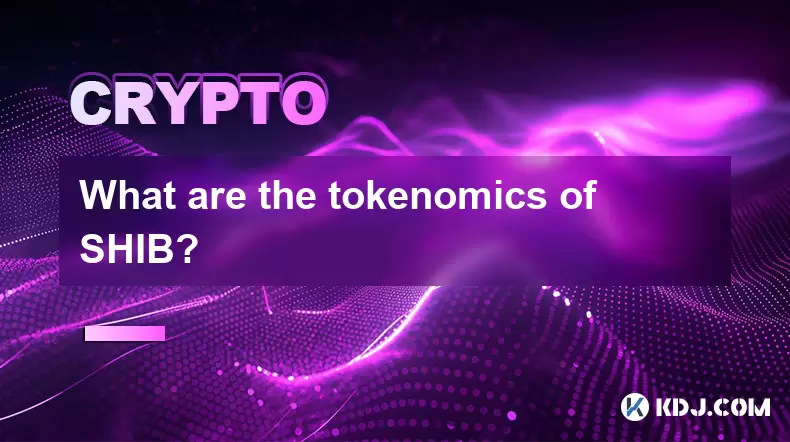
Overview of SHIB Token
SHIB, short for Shiba Inu, is an Ethereum-based cryptocurrency that launched in August 2020. It was created as a decentralized community experiment and is often compared to Dogecoin due to its meme-inspired branding. The tokenomics of SHIB are designed to be highly inflationary and deflationary in nature, depending on the mechanisms in place. Unlike traditional cryptocurrencies with capped supplies, SHIB has a maximum supply of 1 quadrillion tokens.
One of the key aspects of SHIB’s tokenomics is the burn mechanism, which helps reduce the total supply over time. Additionally, the token is part of a broader ecosystem that includes LEASH and BONE tokens, which serve different utility functions within the Shiba Inu ecosystem.
Supply Distribution and Initial Allocation
At launch, the SHIB team minted the entire supply of 1 quadrillion tokens. Of this massive supply:
- 50% was locked in Uniswap to provide liquidity.
- 50% was sent to Ethereum co-founder Vitalik Buterin’s wallet, who later burned a significant portion of it.
This initial distribution was a strategic move to establish decentralized liquidity and remove central control over the token. Vitalik Buterin burned over 90% of the SHIB he received, effectively removing about 40% of the total supply from circulation.
This massive burn significantly reduced the circulating supply and created a sense of scarcity among holders. The remaining tokens in the liquidity pool are used to support trading pairs on decentralized exchanges.
Burn Mechanism and Deflationary Model
The SHIB token incorporates a deflationary mechanism through a token burn system. Every time a transaction occurs on the blockchain, a small percentage of SHIB is burned. This means that with every trade, transfer, or interaction involving SHIB, a portion of the token supply is permanently removed from circulation.
- 0.5% of every transaction is automatically burned.
- This process helps reduce the total supply over time, potentially increasing scarcity and demand.
- The burn rate is visible in real-time on blockchain explorers like Etherscan.
The burn mechanism is a core component of SHIB’s tokenomics, designed to counteract the inflationary nature of its massive initial supply. Over time, this process can lead to a gradual decrease in the circulating supply, making SHIB more scarce and valuable if demand remains steady or increases.
Utility and Ecosystem Integration
SHIB is not just a speculative token; it plays a functional role within the Shiba Inu ecosystem, which includes several decentralized finance (DeFi) components:
- ShibaSwap: A decentralized exchange where users can stake, swap, and earn tokens.
- LEASH: Originally a rebase token pegged to Dogecoin, now a governance and utility token within the ecosystem.
- BONE: Used for governance proposals on ShibaSwap, allowing token holders to vote on changes.
By integrating SHIB into these platforms, the token gains utility beyond simple transfers. Staking SHIB on ShibaSwap allows users to earn rewards in BONE tokens or other supported cryptocurrencies, encouraging long-term holding and reducing sell pressure.
Staking and Rewards System
Staking SHIB is a key part of the tokenomics, as it incentivizes holders to lock up their tokens rather than sell them. The ShibaSwap platform enables users to stake SHIB in liquidity pools or yield farms, earning rewards in return.
To stake SHIB:
- Connect a compatible wallet like MetaMask to ShibaSwap.
- Navigate to the 'Bury' section for staking.
- Select SHIB and enter the amount you wish to stake.
- Confirm the transaction via your wallet.
- Rewards are distributed periodically in BONE or other tokens.
The staking process helps maintain liquidity and network stability. Additionally, the rewards system ensures that long-term holders are incentivized to participate in the ecosystem, contributing to the overall health of the SHIB economy.
Community and Governance Influence
The Shiba Inu community plays a crucial role in shaping the future of SHIB’s tokenomics. The team behind SHIB has emphasized decentralization and community-driven development. Token holders can propose and vote on changes through the governance system powered by BONE tokens.
Key governance decisions may include:
- Adjustments to staking rewards.
- Changes to token distribution models.
- Introduction of new features or integrations.
This democratic approach ensures that no single entity controls the direction of SHIB. The community’s active participation helps align the tokenomics with the interests of the majority, fostering a sense of ownership and engagement among SHIB holders.
Frequently Asked Questions
Q: How does the SHIB burn mechanism work?A: Every transaction involving SHIB incurs a 0.5% burn fee, which is sent to a burn address. This reduces the total supply over time and increases scarcity.
Q: Can I stake SHIB without using ShibaSwap?A: While ShibaSwap is the primary platform for staking SHIB, some third-party platforms may offer staking options. However, using ShibaSwap ensures compatibility and direct integration with the ecosystem.
Q: What is the role of BONE tokens in SHIB’s tokenomics?A: BONE tokens are used for governance on ShibaSwap. They allow holders to vote on proposals that affect the ecosystem, including changes to SHIB’s tokenomics.
Q: Is SHIB a good long-term investment based on its tokenomics?A: SHIB’s tokenomics include deflationary mechanisms and ecosystem utility, which can support long-term value. However, as with any cryptocurrency, market conditions and investor sentiment play a significant role in price movements.
Disclaimer:info@kdj.com
The information provided is not trading advice. kdj.com does not assume any responsibility for any investments made based on the information provided in this article. Cryptocurrencies are highly volatile and it is highly recommended that you invest with caution after thorough research!
If you believe that the content used on this website infringes your copyright, please contact us immediately (info@kdj.com) and we will delete it promptly.
- Bio Protocol, DeSci Launchpad, and BIO Token: Revolutionizing Science?
- 2025-09-04 18:25:11
- MANTRA (OM): Price Consolidates Amid Bearish Signals – Time to Worry?
- 2025-09-04 18:25:11
- Dragon Ball Mania Meets Mint Condition: Celebrating Anniversaries with Coin Sets!
- 2025-09-04 19:10:12
- MEXC's Blazing Arena: $120,000 Futures Tournament Showdown!
- 2025-09-04 19:25:13
- Ripple (XRP) Price: Navigating the September Setup
- 2025-09-04 19:25:13
- Institution, SUI Stake, Blockchain Breakout: What's Next for SUI?
- 2025-09-04 19:30:11
Related knowledge
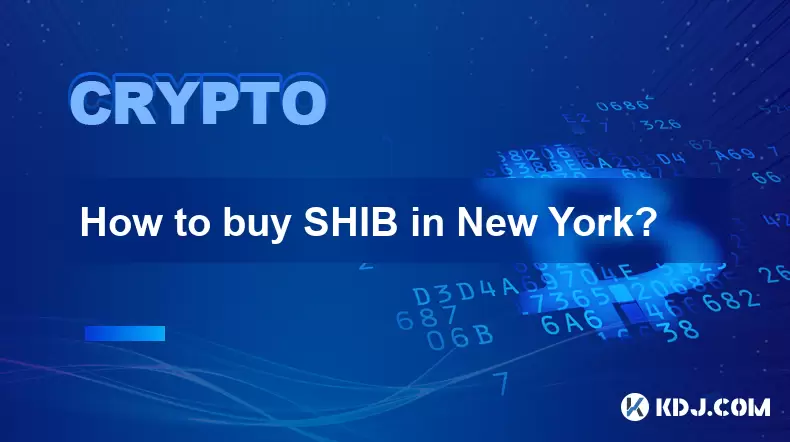
How to buy SHIB in New York?
Jul 18,2025 at 05:42pm
What is SHIB and Why is it Popular?SHIB, or Shiba Inu, is a decentralized cryptocurrency that has gained popularity due to its meme-inspired branding ...

What are the tokenomics of SHIB?
Jul 20,2025 at 06:21pm
Overview of SHIB TokenSHIB, short for Shiba Inu, is an Ethereum-based cryptocurrency that launched in August 2020. It was created as a decentralized c...
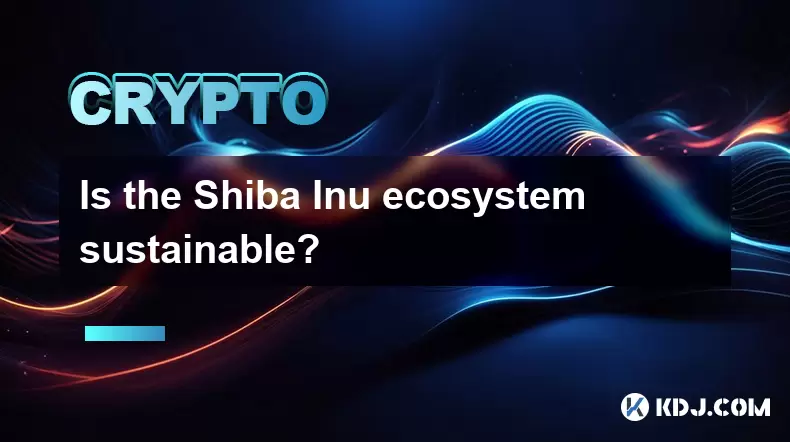
Is the Shiba Inu ecosystem sustainable?
Jul 24,2025 at 12:56pm
Understanding the Shiba Inu EcosystemThe Shiba Inu (SHIB) ecosystem began as a meme coin, similar to Dogecoin, but has since evolved into a more compl...
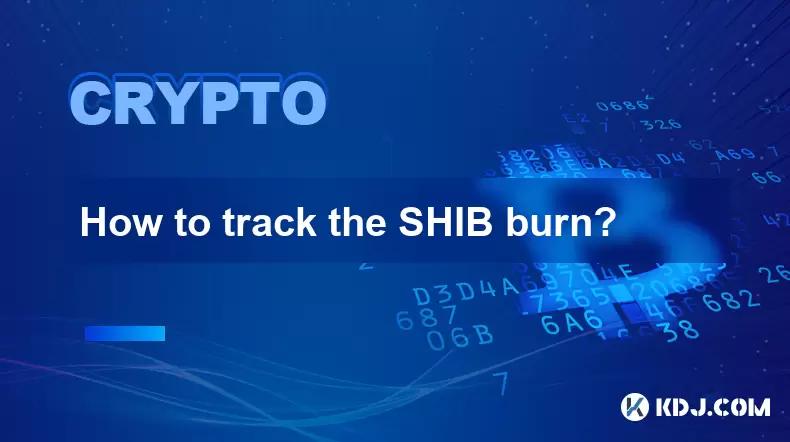
How to track the SHIB burn?
Jul 18,2025 at 10:35pm
Understanding the SHIB Burn MechanismThe SHIB burn refers to the process of permanently removing Shiba Inu (SHIB) tokens from circulation. This is typ...

What will happen if SHIB reaches 1 cent?
Jul 22,2025 at 02:00pm
Understanding the Value of SHIBSHIB, or Shiba Inu, is a decentralized meme token that gained significant attention due to its association with Dogecoi...
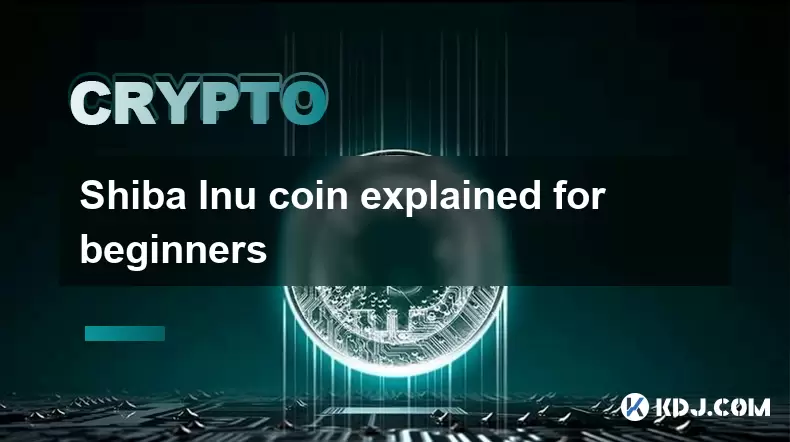
Shiba Inu coin explained for beginners
Jul 22,2025 at 05:49am
What Is Shiba Inu Coin?Shiba Inu (SHIB) is a decentralized cryptocurrency that was created in 2020 by an anonymous individual or group known as Ryoshi...

How to buy SHIB in New York?
Jul 18,2025 at 05:42pm
What is SHIB and Why is it Popular?SHIB, or Shiba Inu, is a decentralized cryptocurrency that has gained popularity due to its meme-inspired branding ...

What are the tokenomics of SHIB?
Jul 20,2025 at 06:21pm
Overview of SHIB TokenSHIB, short for Shiba Inu, is an Ethereum-based cryptocurrency that launched in August 2020. It was created as a decentralized c...

Is the Shiba Inu ecosystem sustainable?
Jul 24,2025 at 12:56pm
Understanding the Shiba Inu EcosystemThe Shiba Inu (SHIB) ecosystem began as a meme coin, similar to Dogecoin, but has since evolved into a more compl...

How to track the SHIB burn?
Jul 18,2025 at 10:35pm
Understanding the SHIB Burn MechanismThe SHIB burn refers to the process of permanently removing Shiba Inu (SHIB) tokens from circulation. This is typ...

What will happen if SHIB reaches 1 cent?
Jul 22,2025 at 02:00pm
Understanding the Value of SHIBSHIB, or Shiba Inu, is a decentralized meme token that gained significant attention due to its association with Dogecoi...

Shiba Inu coin explained for beginners
Jul 22,2025 at 05:49am
What Is Shiba Inu Coin?Shiba Inu (SHIB) is a decentralized cryptocurrency that was created in 2020 by an anonymous individual or group known as Ryoshi...
See all articles

























































































